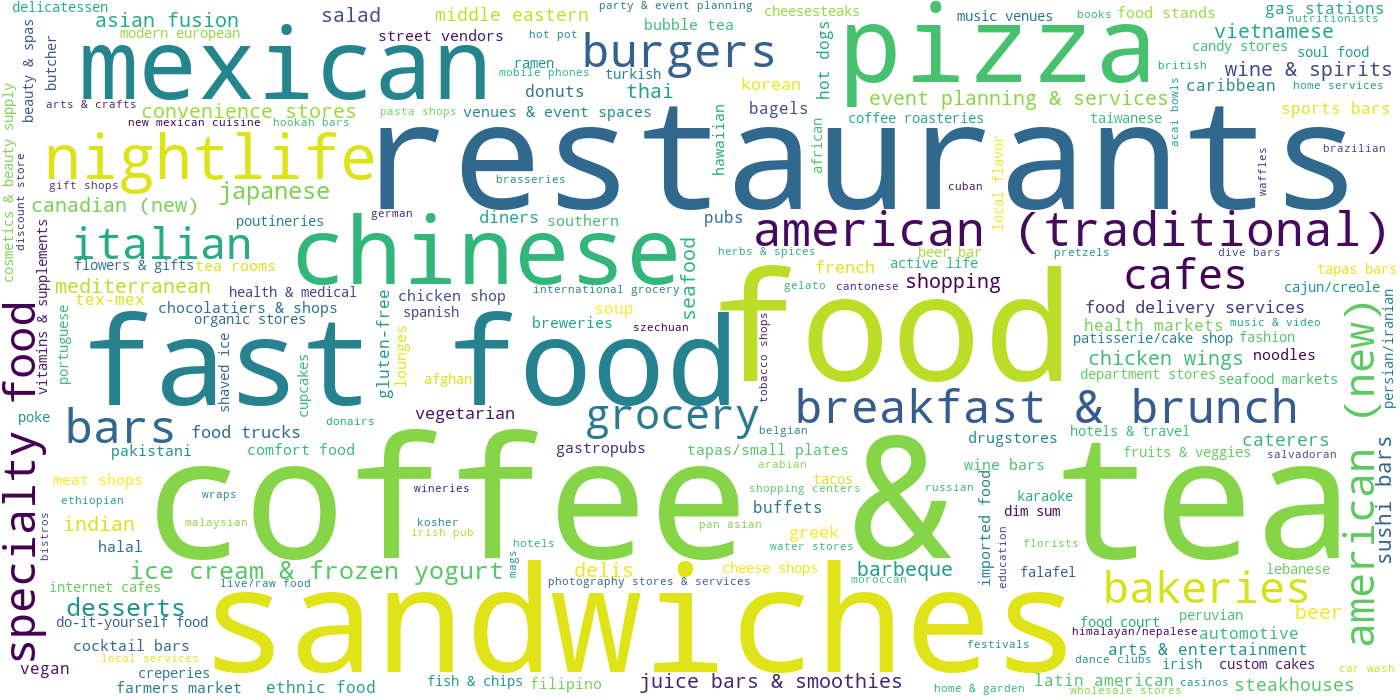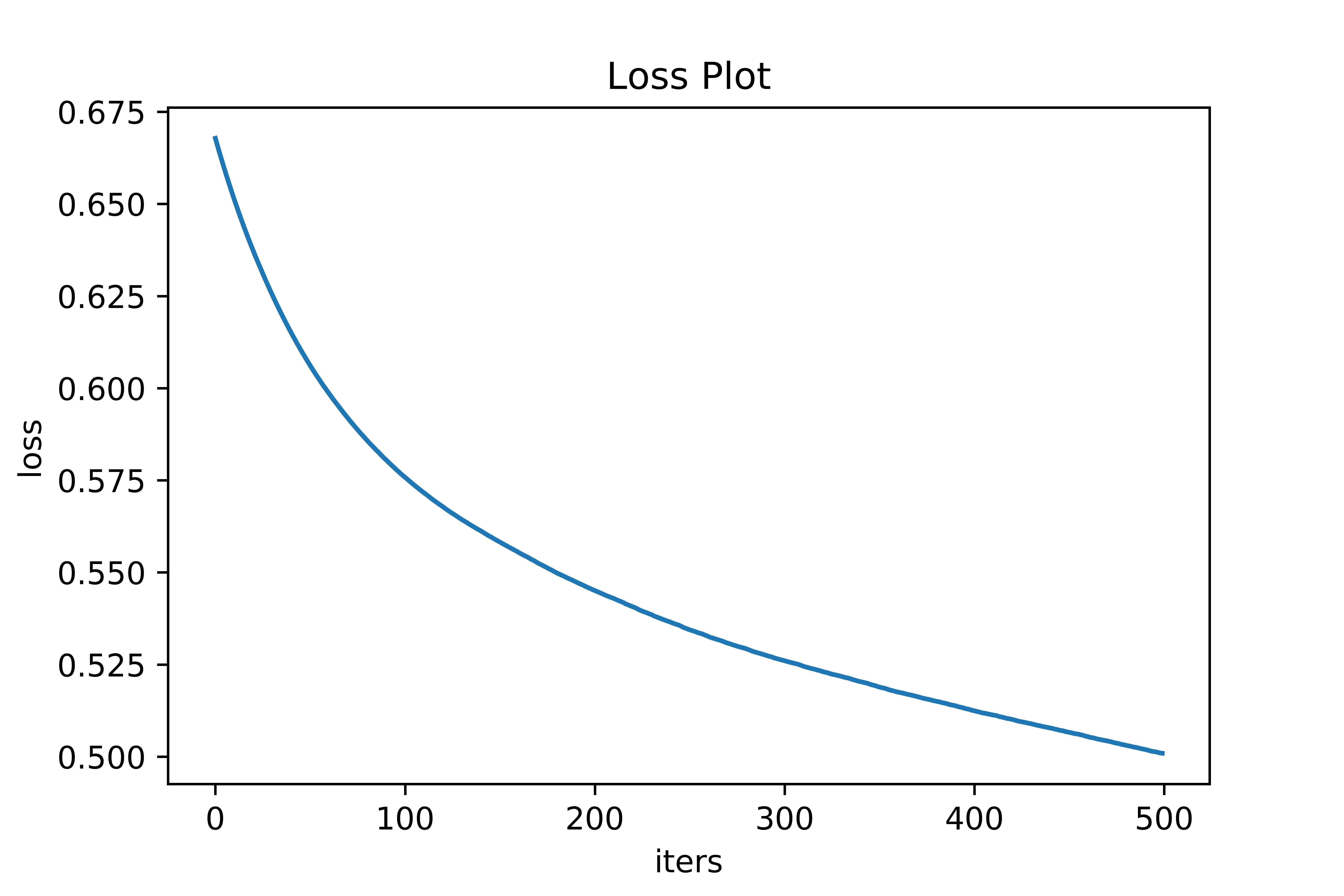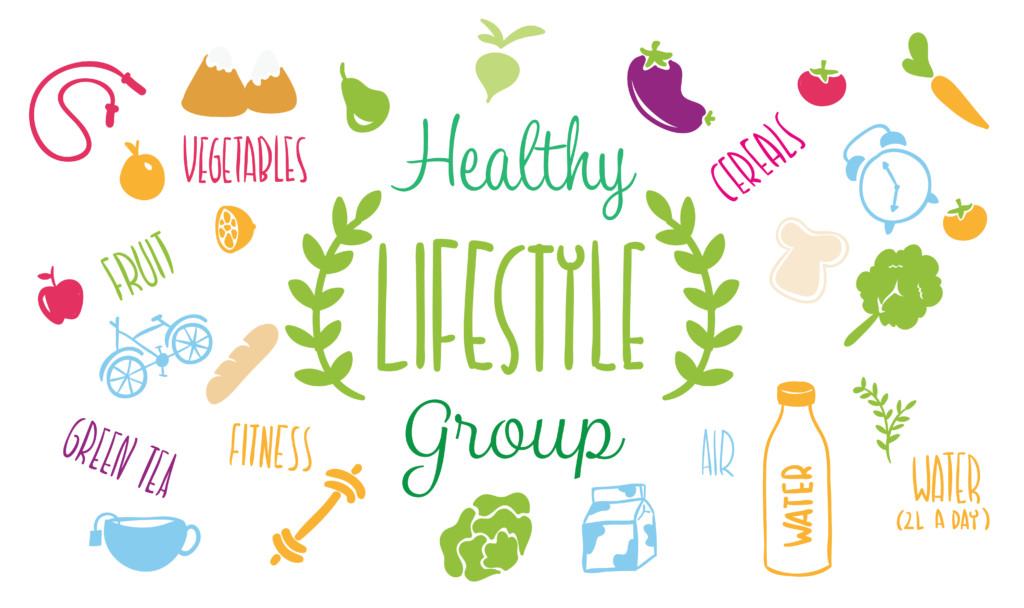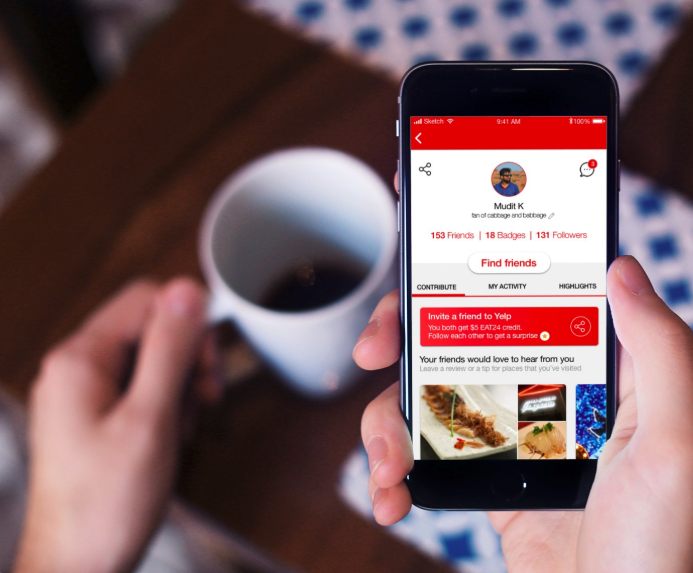Where should I start my business?
Q1: Which state should I choose?
As we have analyzed before in the dataset analysis, the business dataset is not complete. Here,
we
further show how unbalanced the dataset is. The following chart is the count of business grouped
by states.
Let us look closer at one of the clusters. We choose a random city from the state with most
records, Arizona, as our study target.
Q2: Which neighborhood should I choose?
To find the correlation between the location and ratings of a business, I mapped the average
stars along with the per captita income of that zip code.
If we change the filter of AVG. stars from less to more slowly, we can clearly see that lower
average stars mostly come from low-income neighborhood.
However, there is still possibility that only some bad blocks, rather than the whole ZIP code
district are bad.
To verify whether this bad trending affect the whole ZIP code region, I made a more
fine-grained analysis. Instead of using the ZIP code from the dataset, I rounded the longitude
and latitude to 2 decimal digits.
In this setting, all square basically represent 1.11km * 1.11km.
From this perspective of the data, we can see that the bad ratings are scattered almost evenly
in a low income neighborhood, instead of a specific extremely bad region that dragged the large
area down.
Q3: Should I start business in a busy area?
To further decide whether we start our business in the busy neighborhood, we defined how many
business appear in the rounded GPS location. We plotted the chart above. From that, we can see
no obvious trending.
Therefore, the conclusion is that locating at a busy or not busy area does not matter.
Tags of Restaurants on Yelp
Unlike what we thought before, it is actually not easy to find the restaurant that you like by
categories on Yelp. Because the hierarchy of categories on Yelp
are extremely messy, for example "Chinese, restaurant"/"restaurant, Chinese"/"Chinese,
Food" are considered different categories. Even worse, As shown in the treemaps below, an
extremely large number of categories appears only once, and even the largest categories has only
a few hundred samples, which is obviously
no meaningful result can be derived from. (That could also be that reason why you always cannot
find your favourite food using Yelp's category search : p)
categories of samples in Yelp datasets
To make the category data useful for our analysis, we breaks the original hierarchy of the
category labels into unordered tags For example,
"Mexican, Southern America Fusion, Restaurant" are broken into tags "Mexicon", "Sourthern
America Fusion", and "Restaurant", which helps identify the
characteristic of these restaurants."
Word Cloud of Tags in Yelp dataset

Train rate prediction models with tags
Then we train a rate prediction models with tags we acquired from previous steps.

Here we use gradient boosting regression Trees model, and we pick this model for two
reason:
First, it is simple but robust, as our purpose here is to find important tags for high
rate restaurant rather than to actually build up an
accurate rate prediction model, it is good to keep simple.
Second, it is understandable, unlike other complicated model such as neural network, GBRT
is tree based regression model, which is intutive and easy for analysis

Validation loss of the data

From the validation loss we can see that the model did learn something from tags, which is good
enough for us to tell the difference of the importance of these tags.
This is a figure showing the importance of different tags to the stars (rate) of
restaurants on Yelp
Notice that this figure only shows the importance of a tag to the star of a restaurant,
but not correlation, for example,
tag fast food has very significant importance, it means knowing fast food is important
for predicting the star but it does not necessarily means that fast food has strong
linear-relationship with
the star. And generaly speaking it is hard to tell the relationship as tags may not be
independent to each other. However, by calculating the average star of restaurant with/without
the tag, we can have a
intutive guess about how tags affect the star of restaurants.
This is the figure showing an intuitive relationship between tags and stars of
restaurants
To draw a conclusion, if you are going to make your restaurant highly-rated on Yelp, the top 5
tags you should avoid will be fast food, chicken wings, drugstore, burgers, gas stations.
And the top 5 tags you should have will be meat shop, food trucks, vegan, farmers market,
breweries. The result shows that tags that related to
unhealthy life will leads to bad rate, and tags that related to organic, homemade,
healthy life will give people positive impression and lead to good rate.






